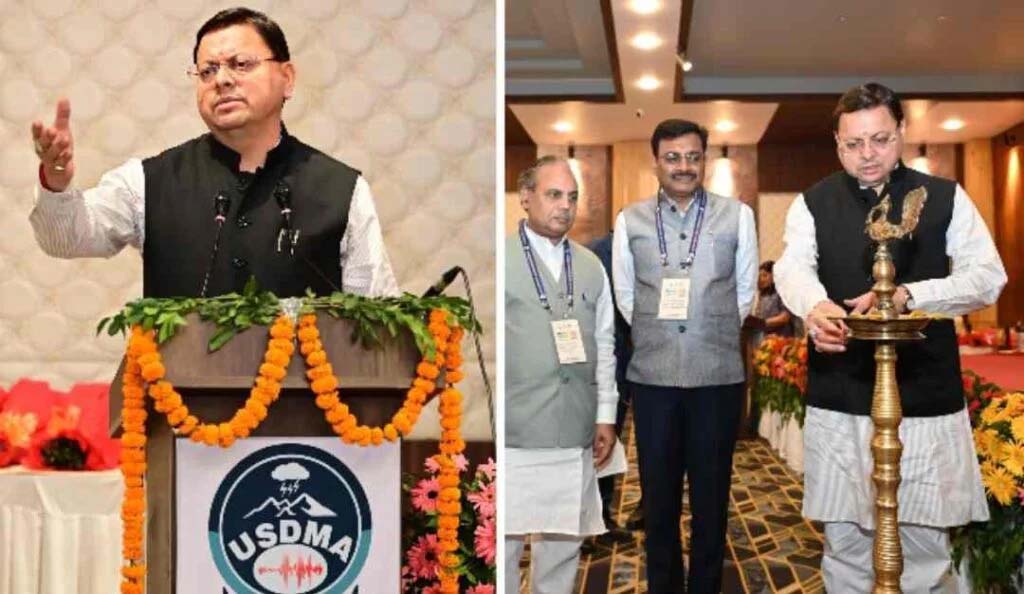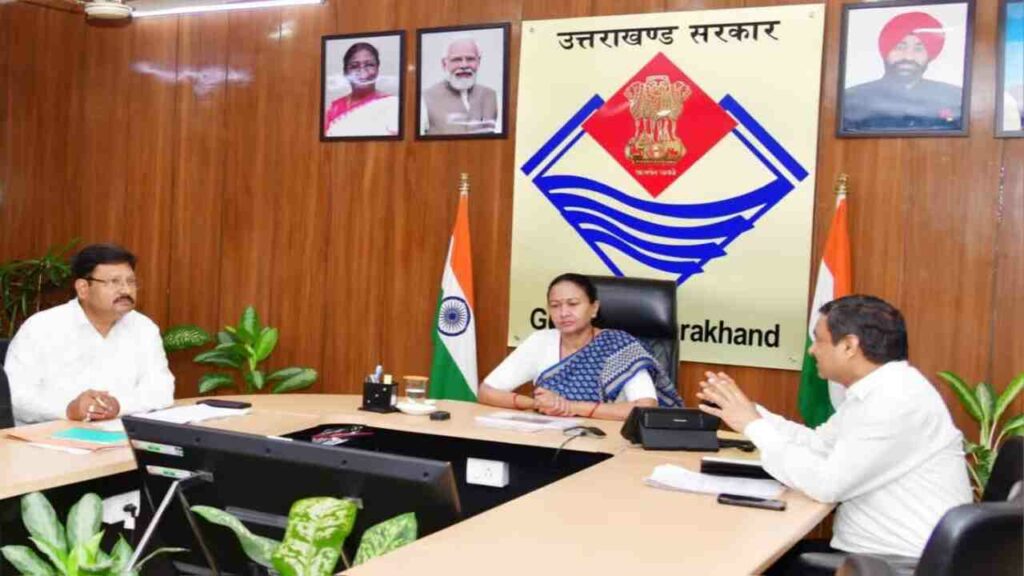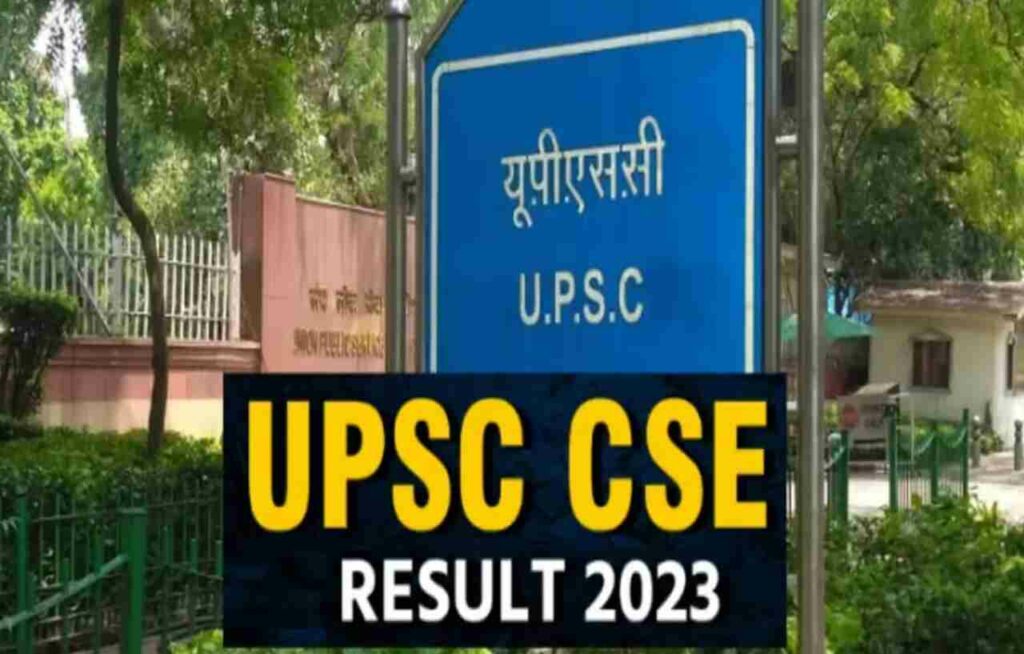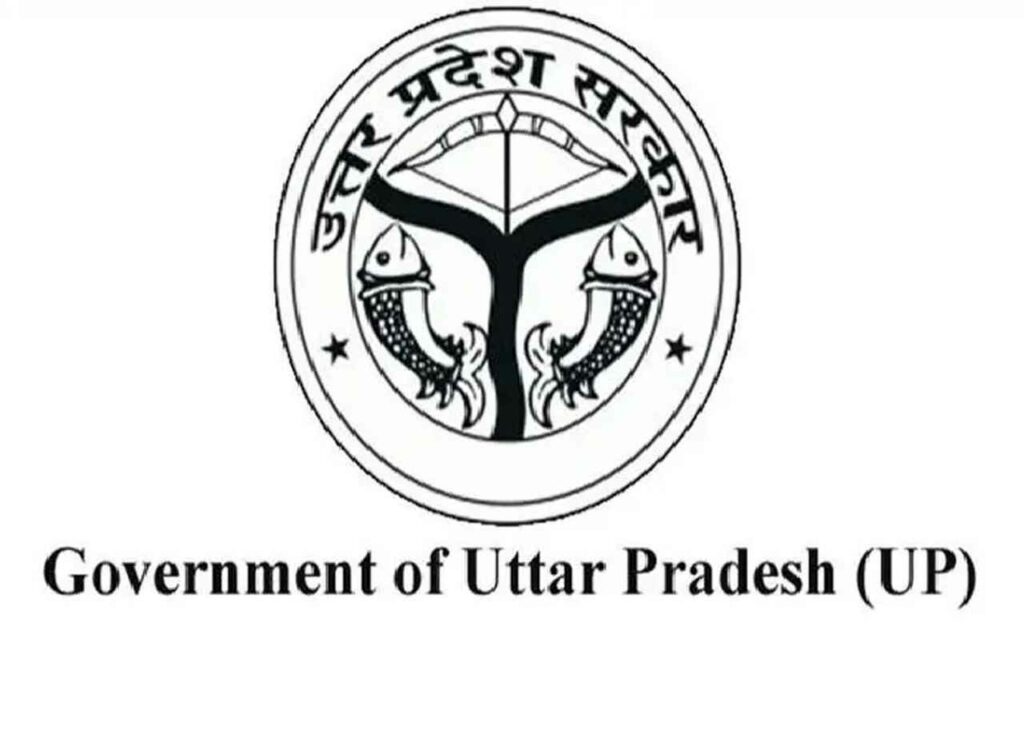Dehradun: Uttarakhand Chief Minister Pushkar Singh Dhami on Saturday participated in the ‘Monsoon-2025: Preparation Workshop’ organized by the Uttarakhand State Disaster Authority near Dehradun. During this, CM Dhami announced the launch of ‘Aapda Sakhi Yojana’ on the lines of Aapda Mitra Yojana. He said that with the launch of this scheme, women volunteers will be trained for pre-disaster warning, first aid, relief and rescue work, psychological support etc. “This scheme will prove helpful in the direction of women empowerment and will make the active participation of the society in disaster management more strong and effective”.
The Chief Minister said that this workshop is an important step towards disaster management, which will prove helpful in better management of the challenges to come. He said that Uttarakhand is a sensitive state in terms of disaster. We have to work by learning lessons from the natural disasters that have occurred in the past years. The Chief Minister said that natural disasters cannot be avoided, but the loss of life and wealth can be reduced by quick response, vigilance and coordinated relief and rescue operations. Coordination between all departments and alertness and sensitivity are also very important.
The Chief Minister said that disaster management is the collective responsibility of all departments, active participation of the general public and all departments is also necessary in this. He said that public participation is very important in disaster management. He said that unless the society is aware, trained and alert, the effect of any government effort will remain limited. Local citizens are the first to reach the spot during a disaster. Therefore, it is also necessary to train disaster management committees, women and youth groups, voluntary organizations and organizations like Red Cross at the rural level. The Chief Minister said that to deal with disasters effectively, we have to adopt both proactive and reactive strategies.
For example, in the year 2024, during the cloudburst incident in Gaurikund, success was achieved in saving the lives of thousands of people by adopting a proactive approach. In the year 2024 itself, more than 200 lives could have been saved by the prompt action of the administration before the landslide in Toli village of Tehri district. Standing with the affected people during the disaster is our priority. The Chief Minister said that the impact of disaster can be reduced by working seriously on the forecast. The state government is emphasizing on adopting modern technology and scientific measures. Along with forming a Rapid Response Team in the state, potential disaster risk areas are being identified through drone surveillance, GIS mapping and satellite monitoring. Better coordination has been established between the Disaster Management Department, NDRF, SDRF and the state administration to reduce the damage caused by the disaster. The Chief Minister said that even during the Silkyara rescue operation, he himself communicated with the workers trapped in the tunnel, which boosted their morale. The Chief Minister asked the officials to establish constant coordination and communication with SDRF, NDRF and other military forces for disaster management. He said that by identifying landslide, flood and other sensitive areas, deployment of JCBs, cranes and necessary equipment should be ensured there. He gave all the necessary guidelines and directed to continuously monitor the water level in the areas situated along the river banks, deploy technical equipment and human resources to ensure adequate supply of food grains, fuel, drinking water, life saving medicines in all the districts.








